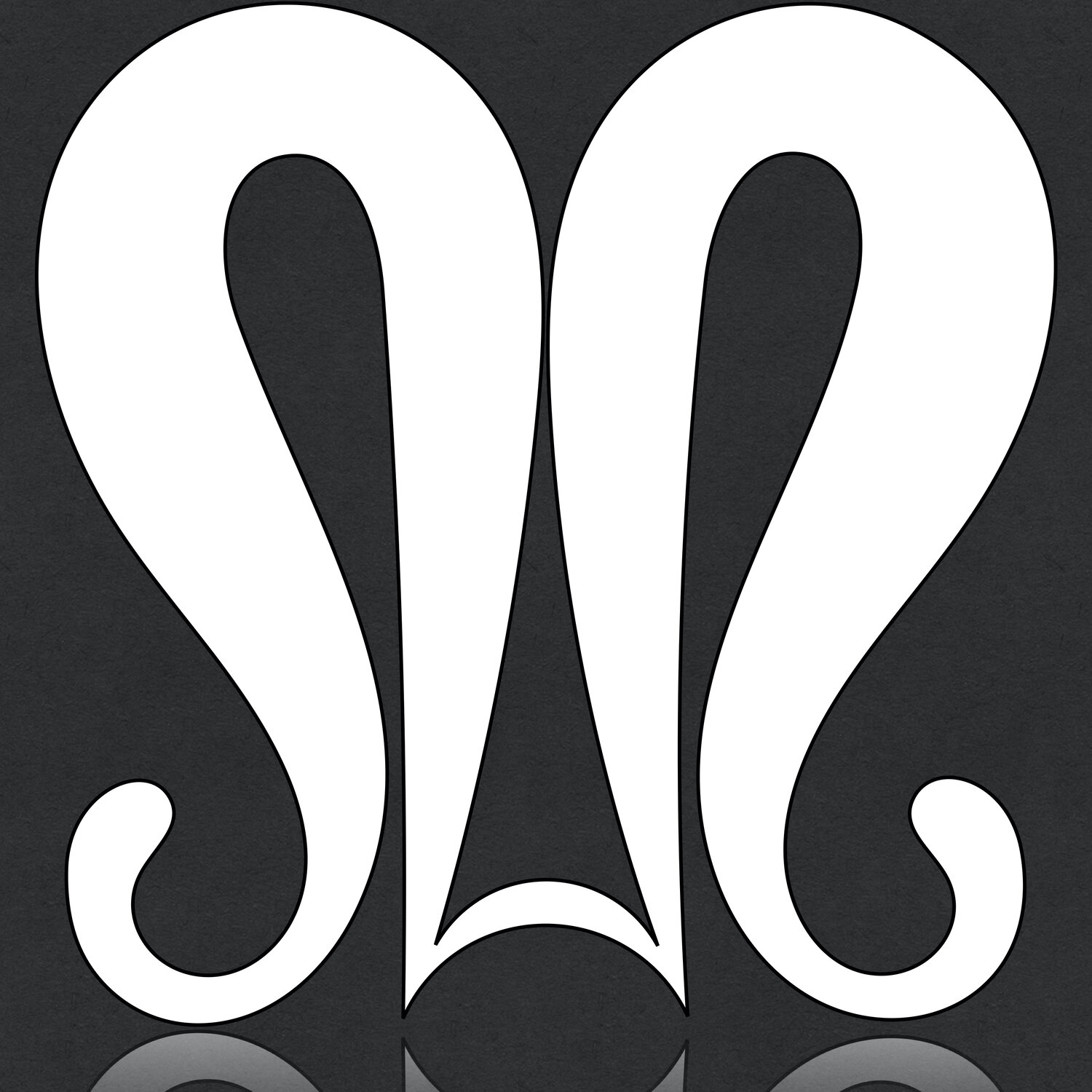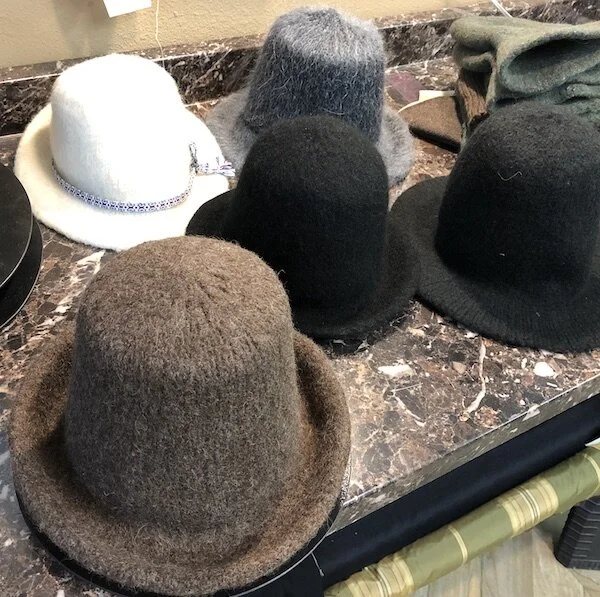KNITTED HATS AND HAT BLOCKS
I began the process of figuring out a tall hat last year. I made two of them and dyed them black and tried to wear them. Sadly, they were not fulled to a stiffness that would enable them to stay standing. Even as I wore them, the crowns collapsed. Frustrated, I turned my focus away from knitting hats at the time. Instead of hats, I ended up getting lost in the woods with the knit gloves that we published in May. When it became clear that I needed to keep my focus on knitting for our business’s continued growth and passion, I turned back to these tall hats and committed to finishing up the pattern.
I will knit my final sample in Cascade Eco Wool. It is similar in quality to LionBrand Fisherman’s wool, but it is a heavier weight, it fulls up beautifully and it comes in a wide variety of colors, both natural and dyed. It is not a soft, lofty merino wool. I think that is the key to making a hat that is similar to those from the era. The surviving examples are not made with delicate, high crimp wool, rather they are made of sturdy, hard-wearing stuff that is meant to be fulled and to take years, possibly decades of wearing. A super soft Merino wouldn’t have that kind of longevity. Cascade Eco Wool is a blend of a few different sheep breeds, but mostly Corriedale which is a 19th century cross-breed of a Lincoln and a Merino. The fiber is long and the texture makes the fulling occur quickly and with good density.
The sample I’m knitting right now IS a merino mix, however because I want to have a sample that reflects a yarn which some people may have in their stash and want to use. The more samples I knit with various yarns, the more informed I can make our patterns so that you, the makers, can predict how yours will turn out.
Please understand, fulling these hats is hard work. It is a vigorous process and I break a sweat every time I make one. I find that my washing machine doesn’t even come close to fulling these hats to a level that is correct for wearing. I full them entirely by hand now. I start with agitation in a big bowl in the sink, perhaps with some soap. I shock the wool back and forth between hot and cold water…mercilessly. All the while I’m agitating, swishing, squeezing and pressing the hat in various configurations. Then, when it has shrunk quite a bit, I move over to the counter and wrap the hat in a towel, rolling it up into in thick cylinder that I can roll, with pressure, back and forth to continue the fulling process. When I feel that it has reached a good level of stiffness, I then use a rolling pin to create LOTS of pressure which squishes the felt a little flatter, making it even stiffer.
For me, it can take up to 90 minutes to full this style of hat to a level which is ready to be stretched back out and blocked on a form.
While searching for hat blocks on the internet, we have come across a company called The Hat Shapers. These hat blocks are different from those that are used by most hatters in that they are made of plastic instead of wood. Nonetheless, they are inexpensive and are available in the forms we need to shape our hats. We are happy to let you know that they work, and we’re excited to continue making more hats with them.
If you’re looking to create hats from our patterns, we recommend purchasing a hat block from The Hat Shapers for your shaping needs. The style most effective for the tall hat pattern is the Shriner, Noble Fez Block. The other two fez styles work well for lower-crowned versions, but to get the nice rounded top, the Shriner fez is the way to go. If you want to be ready to rock the tall hat, you should order yours today!
Happy Stitching!


